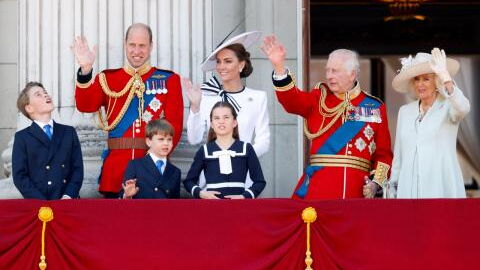Photos : The Royal Family: 30 Rules and traditions that the monarchy abides by
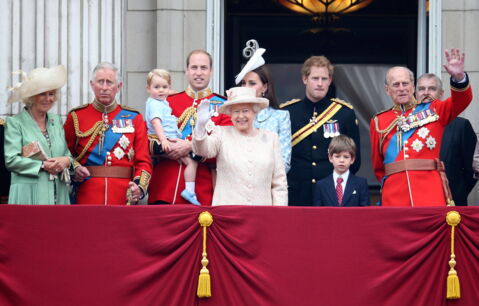
Only a few monarchies exist in modern society—it's no wonder all eyes are on British royalty. It's no surprise that there are many rules the Royal Family members need to adhere to. Here's a list of the most interesting rules and traditions, some you may have never known about.
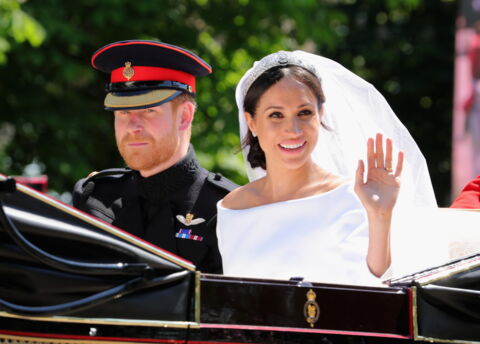
The first six royals in line for the crown have to get the consent of the reigning monarch to be able to marry.

For safety reasons, it required for two direct heirs to the throne to take different flights while travelling.

Queen Elizabeth set a tradition that royals should limit their touching even though there are no regulations prohibiting public displays of affection.
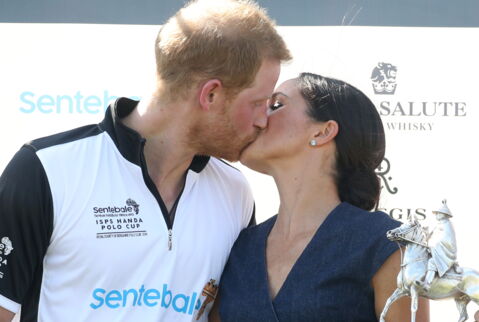
Of course, rules are meant to be broken sometimes and royals have shown their affection for each other in public—albeit rarely.

Of all the colours, royals refrain from wearing black as it is to be worn only at funerals. But there have been some like Princess Diana who wore it occasionally.
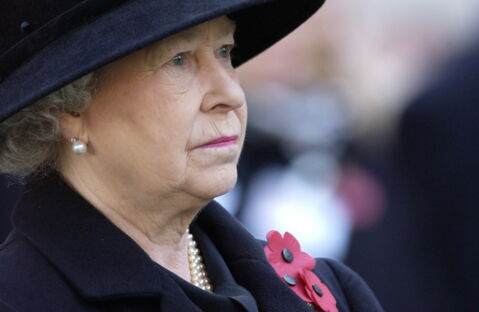
Royal protocol indicates to always pack black to always be prepared for an unexpected funeral.
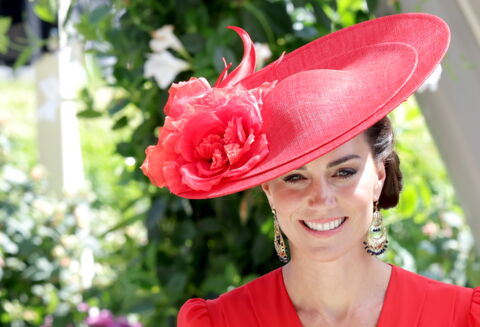
Women are expected to wear hats when attending formal events according to royal tradition. That's why you'll spot your favourite royals wearing rather bold and whimsical hats.
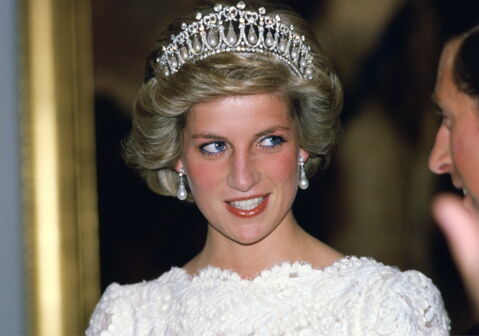
This rule states that diamonds should only be worn after 6 pm. Other precious stones could be worn during the day instead.

For evenings, royal women change into evening dresses and tiaras for formal events. They also wear them on their wedding day.
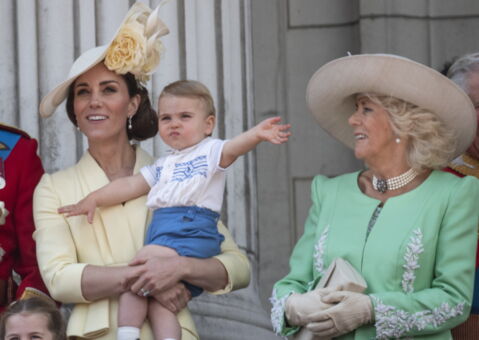
It is tradition for royal boys to wear shorts until they reach the age of 8. Once they get older, they then switch to long trousers.

Some may consider the practice of weighing everyone before and after Christmas dinner to be weird, but it is a loved tradition.
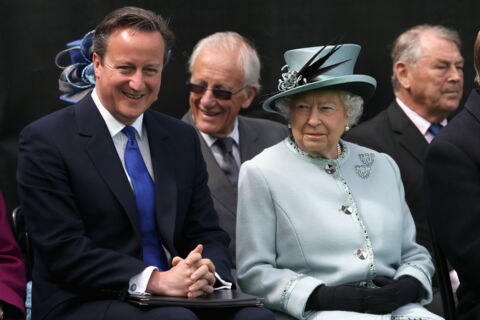
The monarchy must be unbiased when it comes to all things politics and never show their cards. This is why royals cannot vote either.
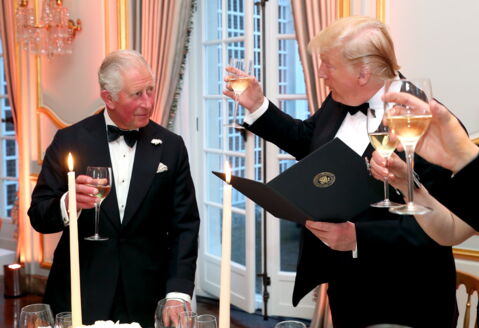
The monarchy does not express political opinions due to the need to maintain neutrality.
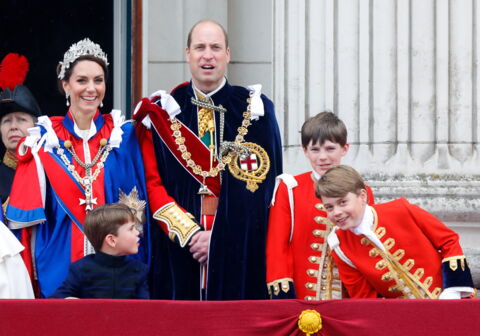
Monopoly is banned in the royal household due to the tensions it is said to cause among Royal Family members. Some even boil over and games turn into rows, and as such it is forbidden.
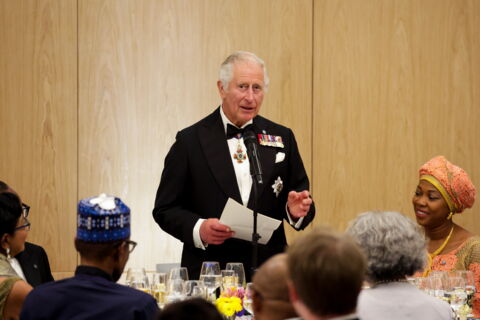
The monarch takes the lead all the time, whether he's with family, friends, or other politicians.
One of the most important rules royal members have to follow is to replicate the monarch's actions during the meal and follow their lead. Once they finish the meal it signals the end of the meal for everyone else.
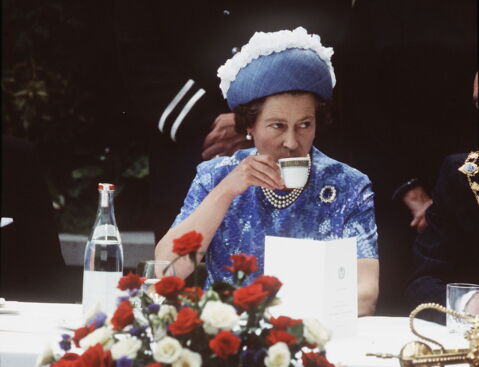
Queen Elizabeth ll has a very clear guideline on what is allowed and what is not—especially when it comes to tea time. For example, the handle of a teacup must always be grasped with the whole hand - and that includes the little finger. One must also not slurp.

In a procession that includes members of the Royal Family. The head of the procession will naturally be the reigning monarch, followed by the heirs in sequence.

When together, members of the family followthe lead of the monarch, nobody goes to bed until the King does—no matter how late.
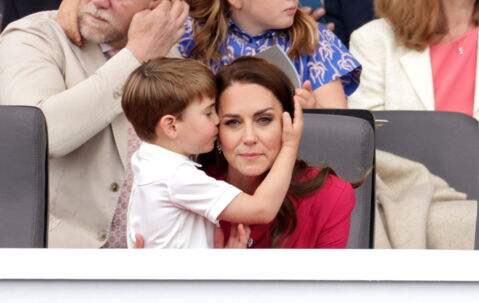
Religion is very important in the Royal family, and as such everyone must be baptized—newborns and adults alike. Even if you are entering the family as a spouse, you must parttake.

Want colourful nails? Well when you're a royal it's not advised. The royal dress code forbids overbearing nails, manicures should be simple.
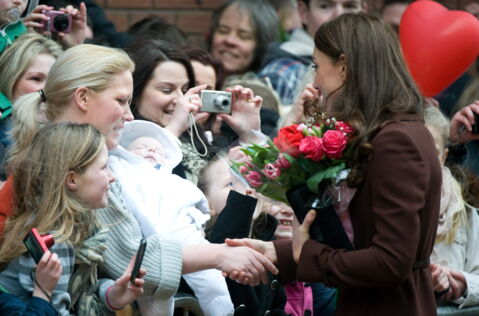
Royals are not allowed to sign autographs due to potential forgery risks.
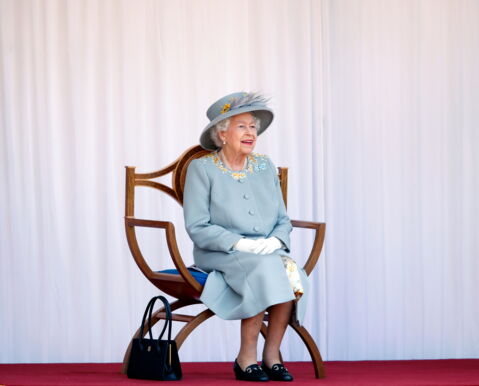
The Queen used her handbag to communicate with her staff during events. If the bag is on the left arm everything was okay. If the bag was on the right, danger was imminent. If the bag is on the floor to her right or on a table, the monarch wants to leave the building in 5 minutes or less.
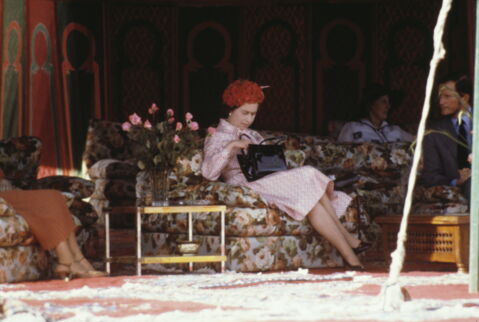
Queen Elizabeth ll led the charge on skirts and decided that the minimum length of skirts and dresses must end at least a hand's breadth below the knee for every female royal. You'll never see a royal sporting a mini-skirt.

Being royalty provides one with a privilege that very few ever experience: the Queen had a dedicated person who wore her shoes before she did to ensure that they were comfortable and wouldn’t cause her any pain.

Anyone who wanted to be married to the English royals had to be Protestant before 2013 when the rule was abolished. Rules regarding this have relaxed in modern times and the family even has a member who is Catholic. Katharine, Duchess of Kent converted to Catholicism.
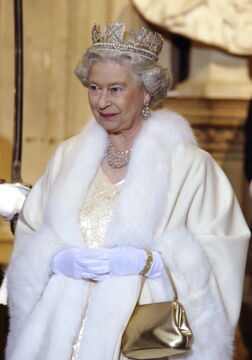
Edward III passed the Fur Act in 1337 and it banned all members of the Royal Family from wearing real fur. The rules applies to everyone except knights and clergymen.
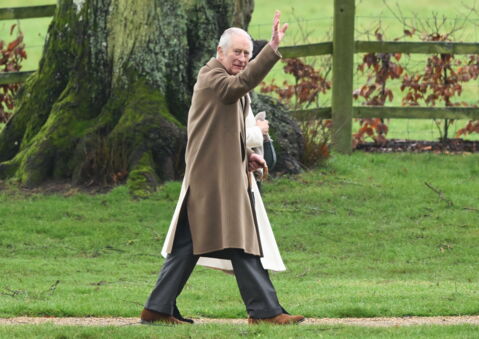
King Charles's wardrobe is managed by a team that ensures the monarch's clothing is chosen, styled, pressed and prepared for his outings. Every detail is meticulously catered to, for example, King Charles' shoelaces are ironed.
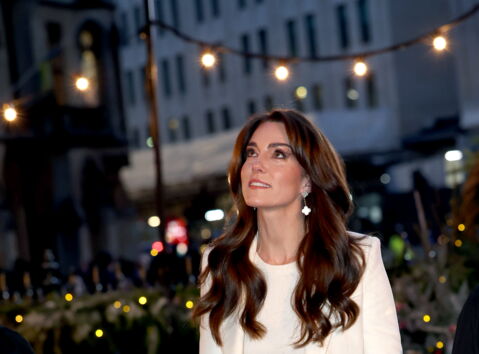
One of the royal safety rules asserts that shellfish is to be avoided to eliminate the risk of food poisoning due to contamination

Royal weddings are never scheduled in May due to a superstition that stems from the marriage of King Charles I, who was executed in May 1649 deeming this month as ‘bad luck’.

Queen Elizabeth had two birthdays—her real birthday in April, and another ‘official’ date in June to enjoy a sunny outdoor celebration with everyone.
King Charles follows the same tradition as his two birthdays are on17 June and 14 November.
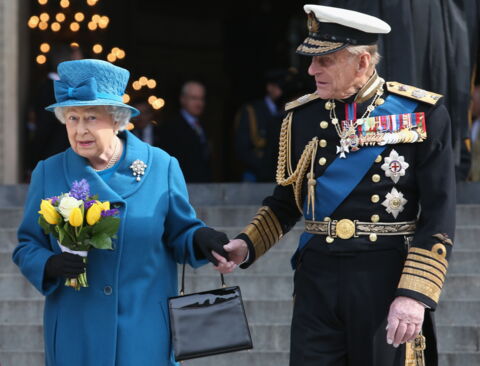
The partner of the reigning monarch in the UK is never ‘King’ or ‘Queen’ in the traditional sense. If the title is bestowed upon them it is purely symbolic and ceremonial.
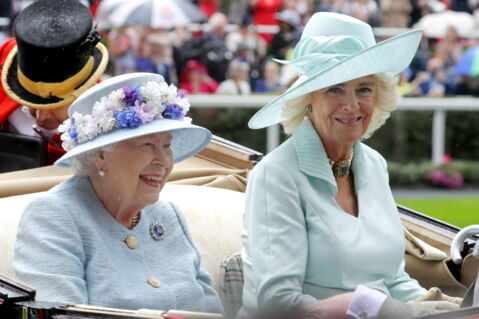
Some ordinary words are off-limits to royals, mostly words with French origins. These are usually replaced with proper words from the King's English.

Queen Elizabeth II and Prince Philip were cousins, they shared great-great-grandparents Queen Victoria and Prince Albert.

The Tower of London is known for always housing six ravens due to a prophecy from King Charles II's time. It states: ‘If the Tower of London ravens are lost or fly away, the Crown will fall and Britain with it’.
As such a 'Ravenmaster' is always on payroll to ensure they are protected.
